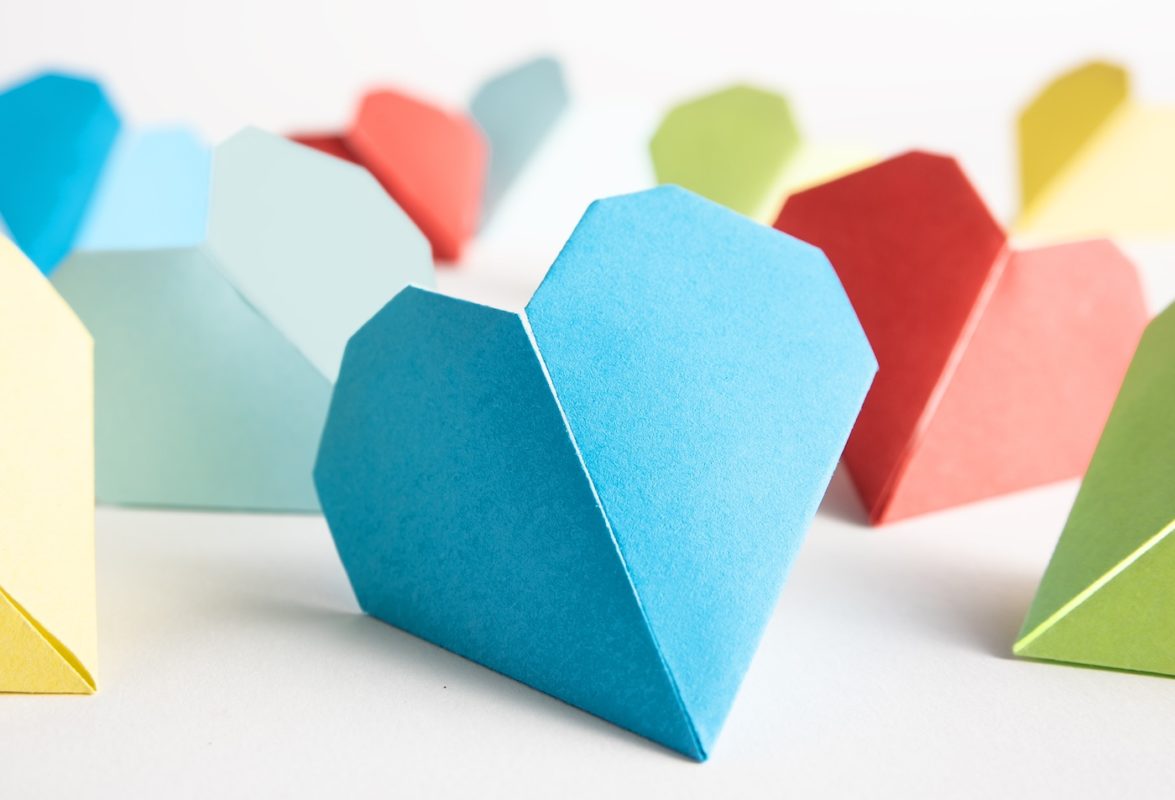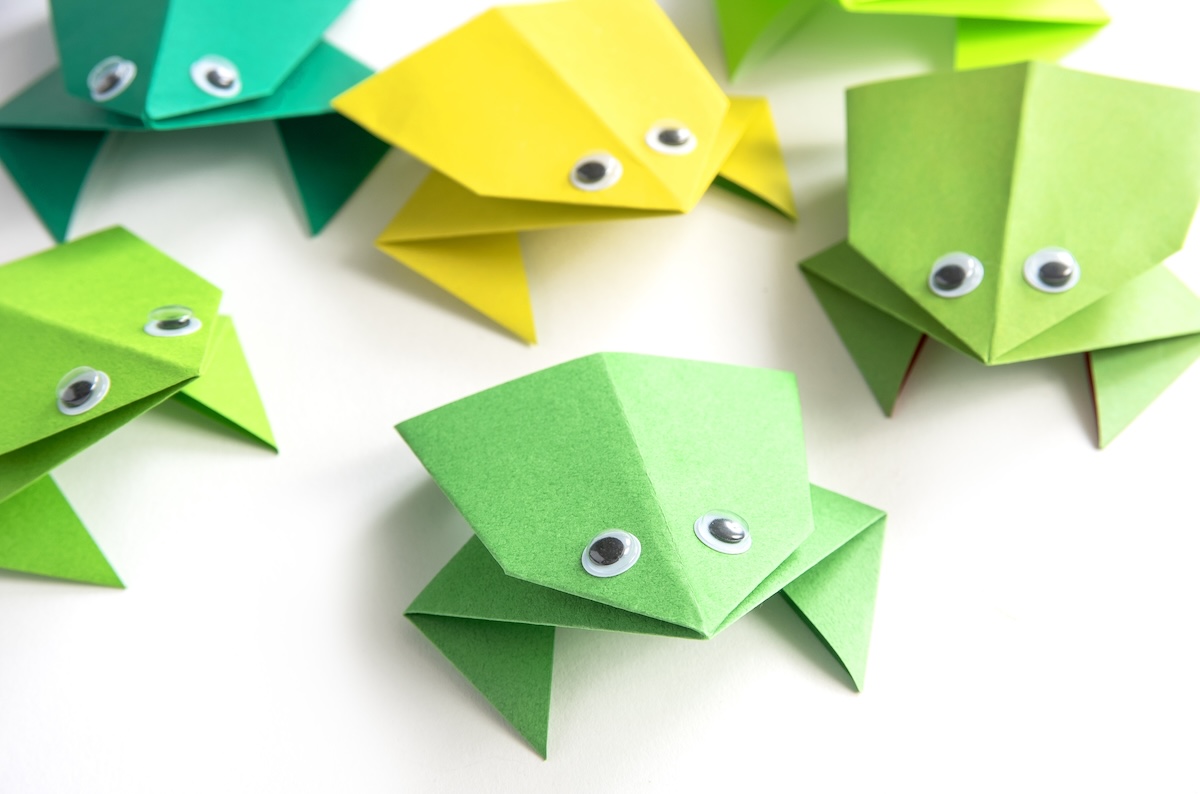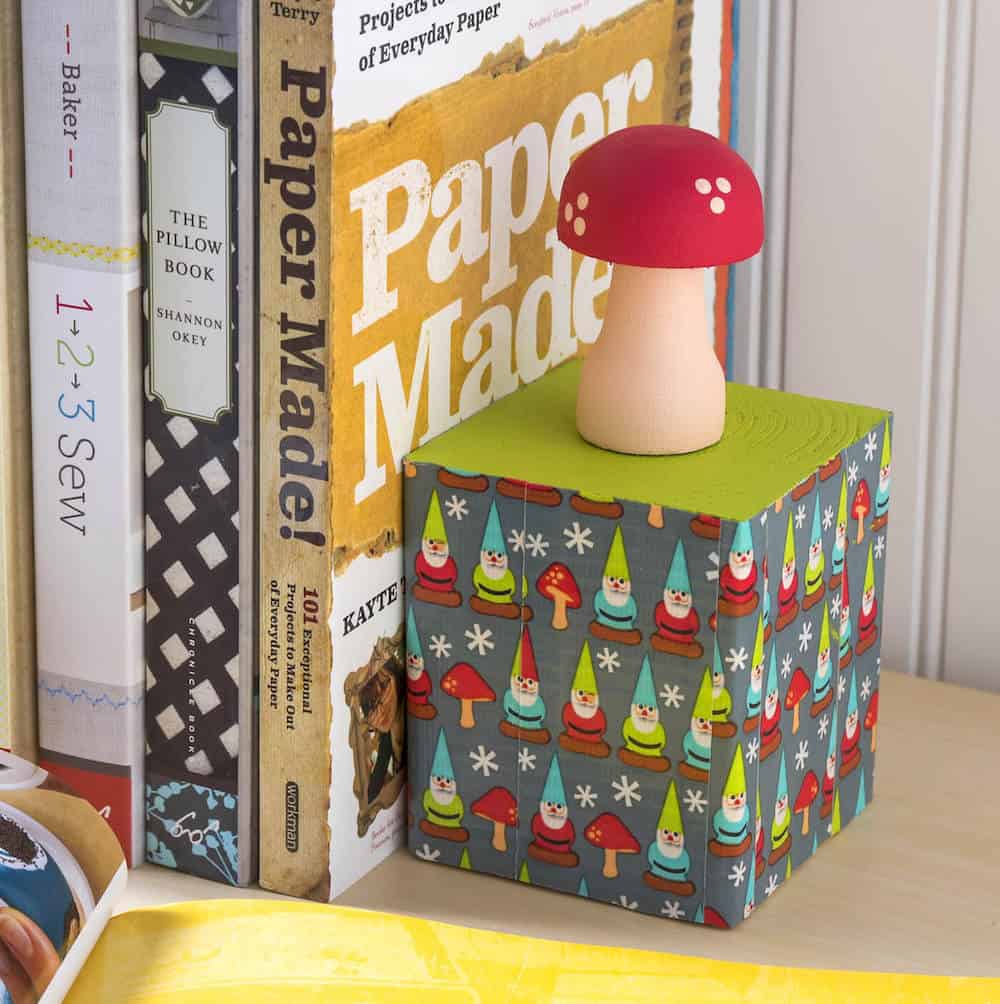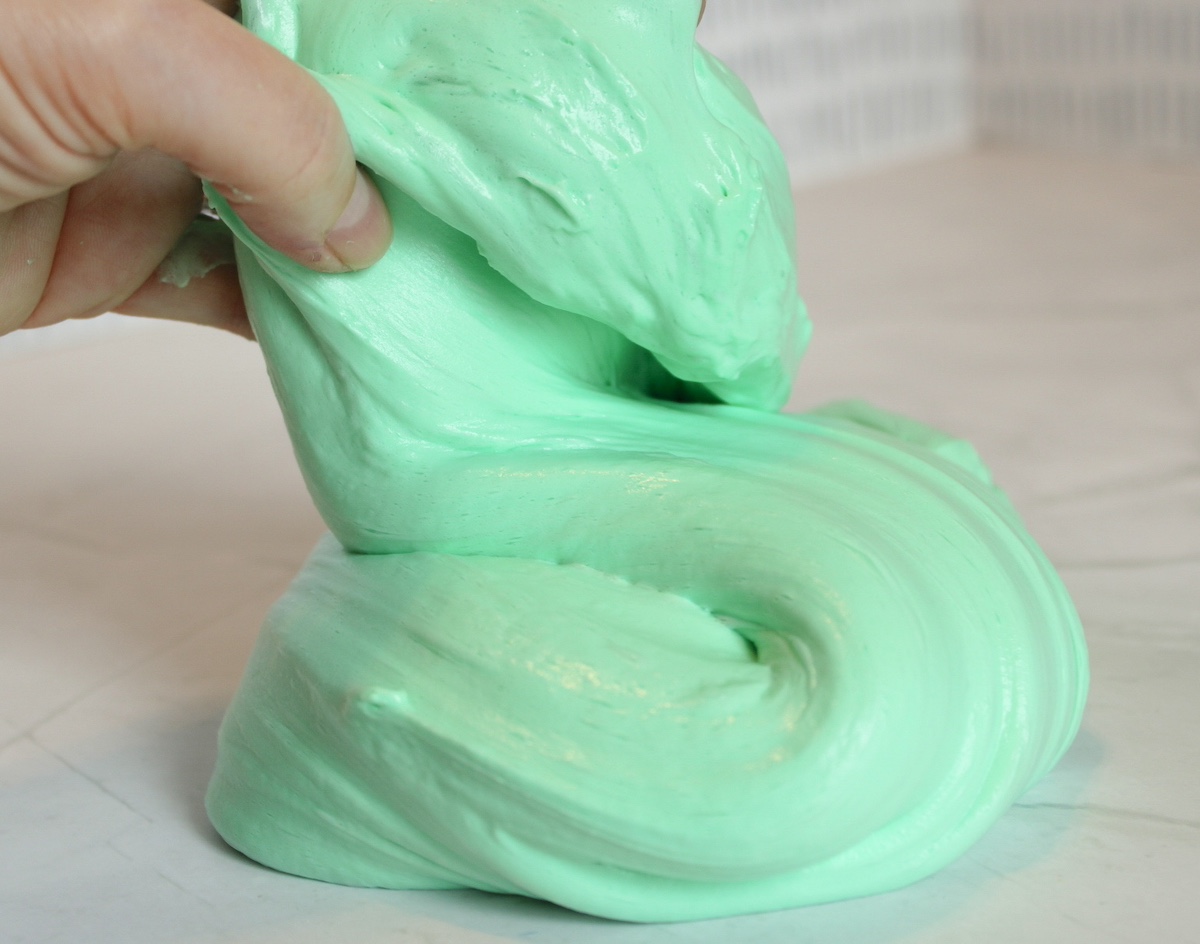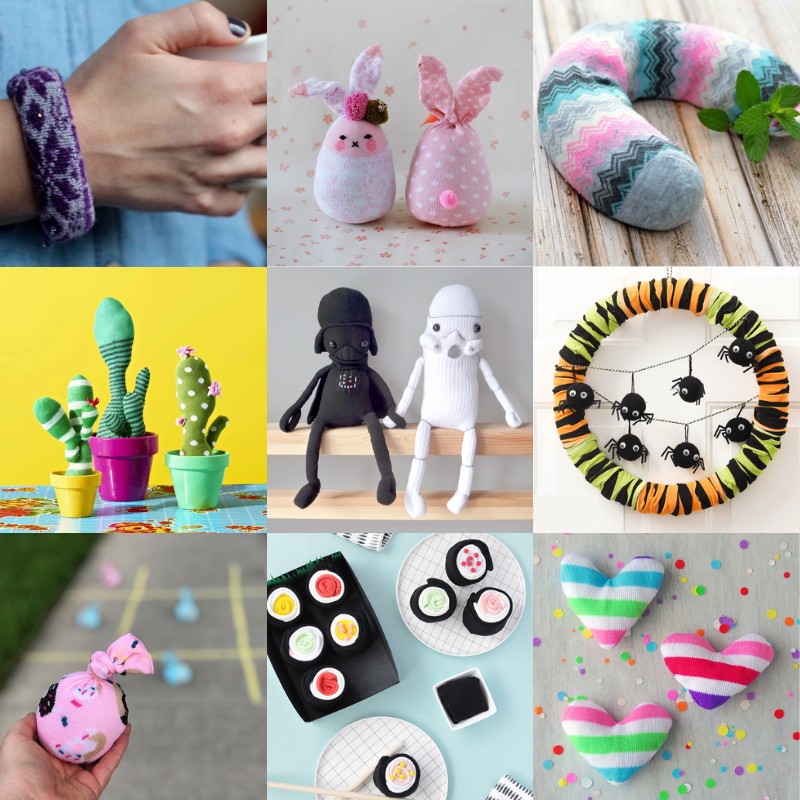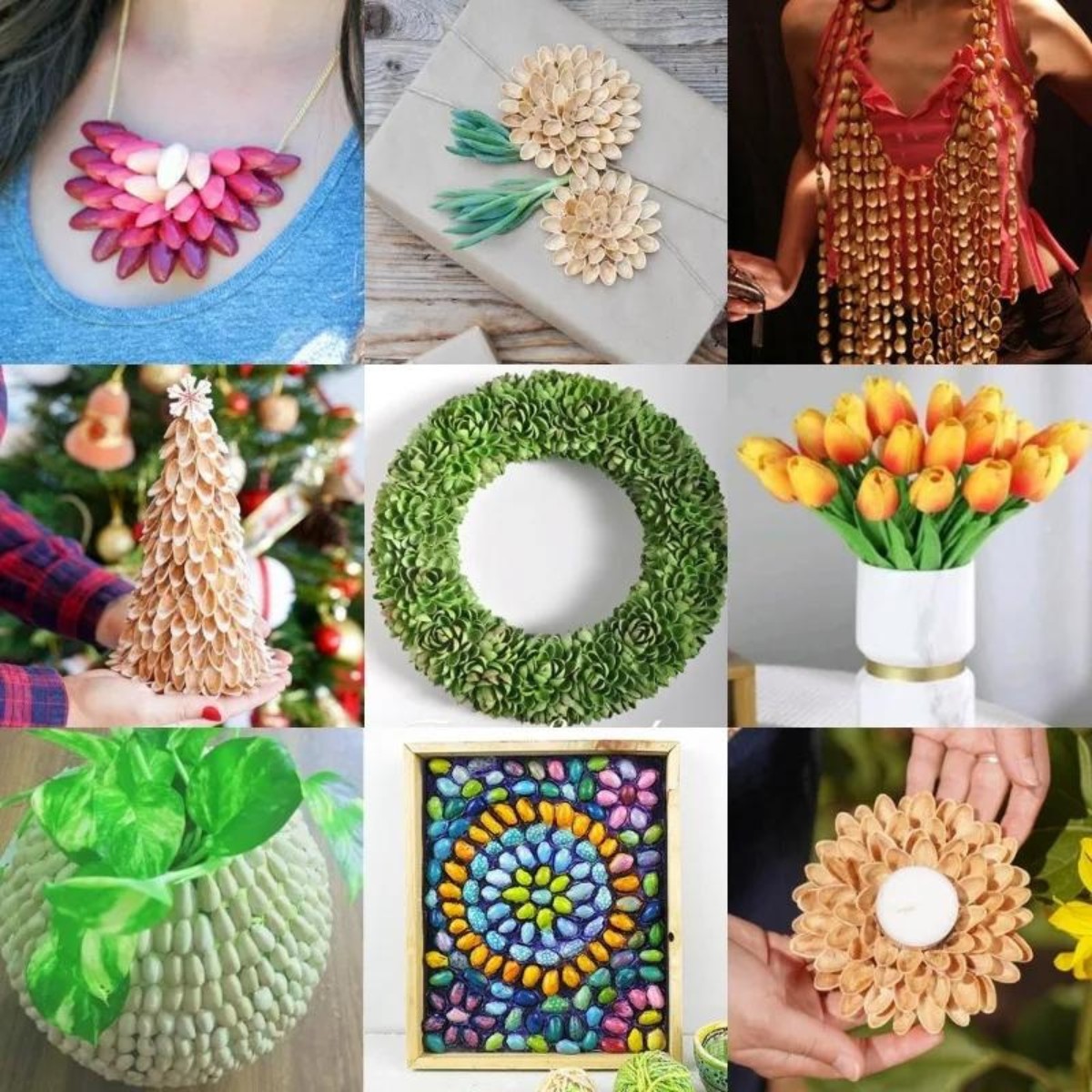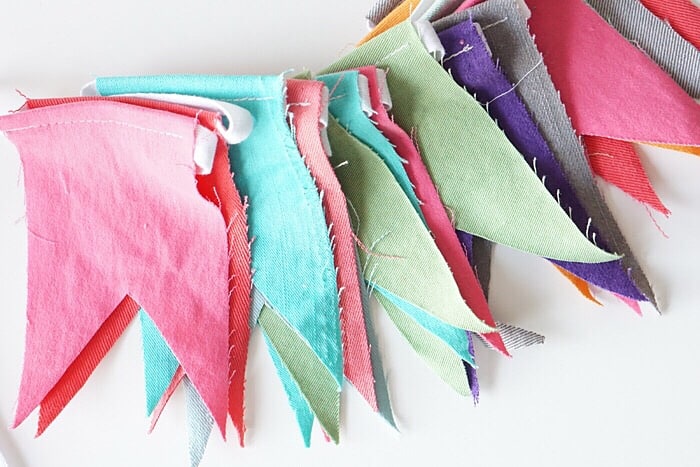What is Origami? Everything You Need to Know to Begin
Explore the magic of origami, from its rich history to basic folds, and start your paper folding journey with this engaging guide.

Have you ever wondered how a simple piece of paper can be transformed into something as intricate as a crane, a dragon, or even a miniature garden?
That’s the magic of origami, the ancient Japanese art of folding paper to create two- and three-dimensional designs.
Despite its ancient roots, this art form remains popular today, with exhibits available worldwide for enthusiasts to explore.
The simplicity of this art allows crafters to transform a single sheet of paper into original art. So, if you’re wondering, “What is origami, and how can I learn it?”, keep on reading!
Ever wondered how a single sheet of paper can transform into a graceful crane, a playful frog, or even a tiny paper garden? That’s the magic of origami, the centuries-old art of folding paper into beautiful shapes.
Whether you’re curious about its history, eager to learn the basics, or looking for a calming creative outlet, this guide will walk you through everything you need to know to start your origami journey.

What Does “Origami” Mean?
The word origami comes from two Japanese words: ori meaning “fold” and kami meaning “paper.” Together, it translates to “folded paper.”
At its core, origami is about transforming a flat sheet of paper into a sculpture using just your hands and folds — no cuts, no glue, and no tape required.
A Brief History
While origami is strongly tied to Japanese culture, the art of paper folding actually began in ancient China, where paper was first invented. From there, it spread to Japan and evolved into the intricate, creative practice we know today.

In Japan, origami became popular among aristocrats in the 15th century, who folded poetry, money, and fans into delicate designs. Over the centuries, origami crossed oceans and inspired people around the globe:
In Germany, educator Friedrich Froebel, who founded kindergarten, introduced paper folding into schools as a learning tool.
In Spain, philosopher Miguel de Unamuno showcased his folding skills in cafes.
In the U.S., Lillian Oppenheimer founded the Origami Center of America in 1958, igniting American interest in the craft.
And then there’s the legend of the 1,000 paper cranes, which promises that those who fold a thousand cranes will be granted a wish — a tradition that continues to inspire folders worldwide.

Why People Love Origami
So what keeps people folding after all these centuries? Part of the magic of origami is its accessibility, but it’s also an endlessly creative and meaningful practice:
✅ Accessible — All you need is paper, making it one of the most affordable and portable crafts around.
✅ Creative — With thousands of models and variations, you can create everything from simple boxes to lifelike dragons.
✅ Mindful & Relaxing — The focus required to fold properly makes it a meditative activity that can ease stress and spark joy.
✅ Community-Oriented — Origami enthusiasts all over the world share designs, teach classes, and gather for events that celebrate their shared passion.
Whether you fold alone or with friends, the joy of seeing a flat square transform into a finished piece is hard to beat.
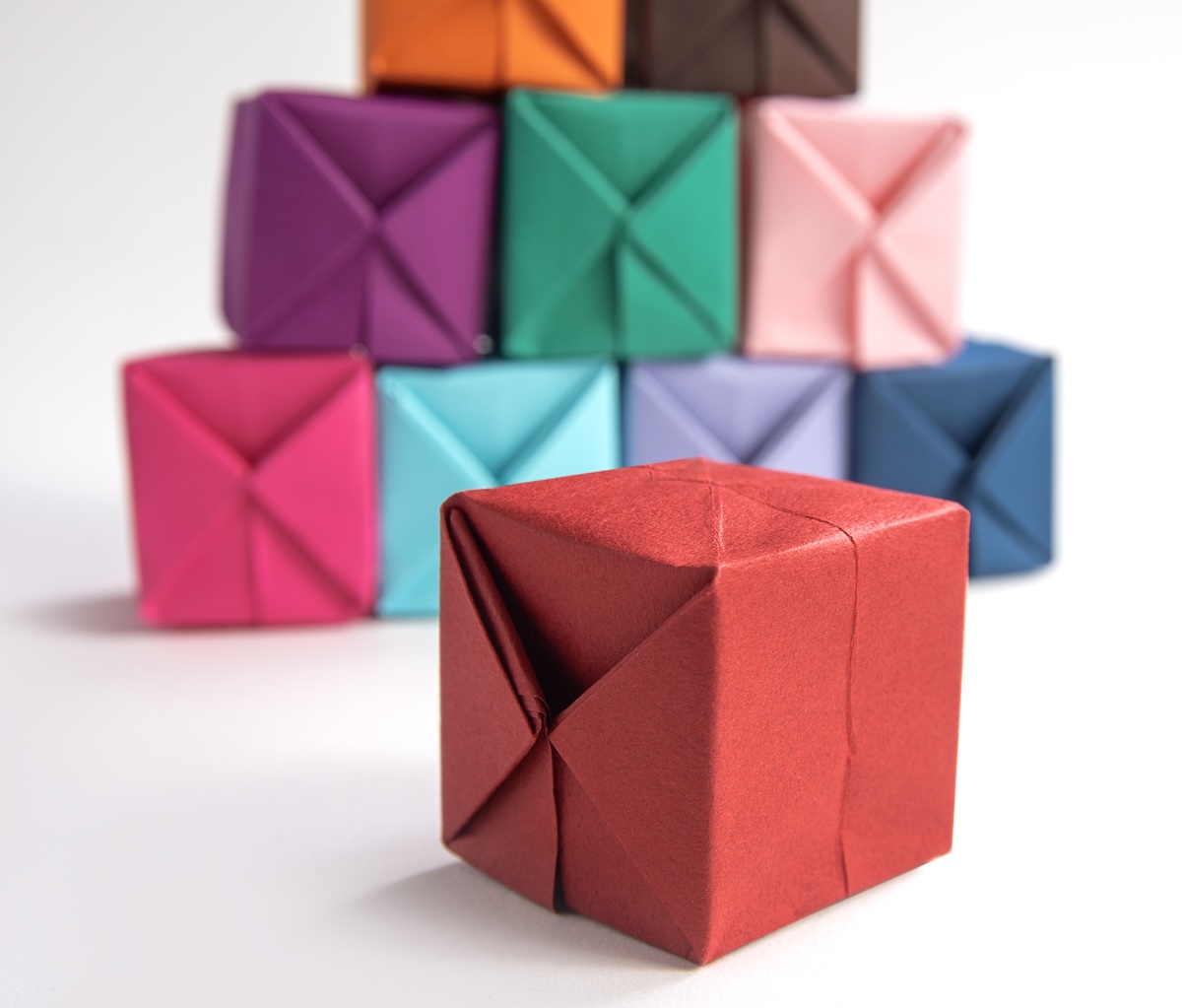
Supplies You Need to Start
Technically, you can fold origami with any paper you have — even notebook paper. But the right materials make your folds sharper, your models more precise, and your experience more enjoyable.
Here are the most common types of origami paper and what makes each unique:
Kami — Thin, square sheets available in a rainbow of colors and patterns. Perfect for beginners because it’s easy to fold and forgiving of mistakes.
Tant — Slightly thicker and more vibrant than kami, it holds its shape beautifully and works well for display pieces.
Dual-color paper — Features a different color on each side, which adds depth and contrast to your finished designs.
Washi — Traditional Japanese paper with a soft, fabric-like texture that gives your models a natural, handmade feel.
If you’re just starting out, grab a pack of standard kami and a few larger sheets to make practicing easier.
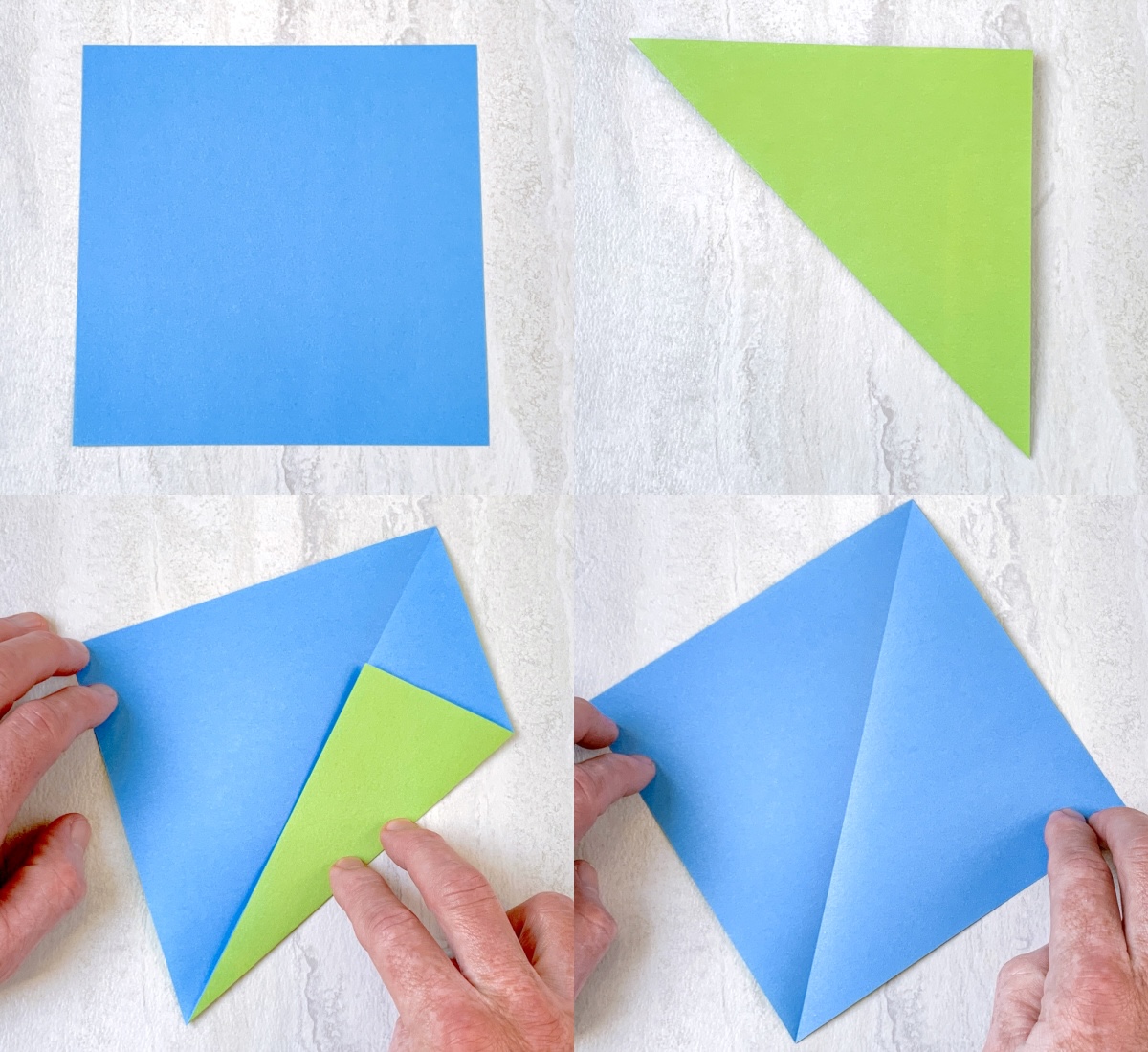
Basic Folds You Should Know
Before you can fold an intricate frog or flower, it’s essential to master a few foundational techniques. These basic folds form the backbone of nearly every origami model. You can see our entire post here, but here’s a summary of a few.
Mountain Fold – Folding the paper away from you creates a peak or “mountain” along the crease.
Valley Fold — Folding the paper toward you creates a trough or “valley” shape.
Squash Fold — Flattening a flap to create a new plane or petal, commonly used in flowers and birds.
Petal Fold — Often used to create pointed shapes, such as petals or wings.
You’ll also encounter the concepts of symmetrical and asymmetrical folds. Symmetrical folds mirror perfectly on both sides, while asymmetrical folds create more organic, varied shapes.
Once you’re comfortable with these basics, you’ll find they appear over and over again in more advanced designs.
Advanced Techniques & Modern Artists
When you’re ready to level up, more complex folds await — combining what you already know with new techniques:
Rabbit’s Ear Fold — Creates a sharp, pointed flap by collapsing paper in a controlled way.
Open Sink Fold — Pushes a point of the paper inside the model to create depth and dimension.
Modern origami artists continue to push the boundaries of the craft:
Akira Yoshizawa — Grand master of origami, credited with over 50,000 designs and popularizing diagramming techniques.
Tomoko Fuse — Known for her exquisite modular and geometric designs like boxes and containers.
Brian Chan — Famous for creating lifelike insects, animals, and human figures.
These artists prove that origami isn’t just tradition — it’s an evolving, innovative art form.

How to Start Your Origami Journey
Ready to fold your first crane, frog, or cube? Here are some tips to get started:
✨ Choose an easy design to build confidence — the classic crane or jumping frog are great beginner projects.
✨ Use larger sheets at first so you can see the folds clearly and avoid tearing.
✨ Take your time — origami rewards patience and precision.
✨ Join a local origami club or explore online tutorials and communities for inspiration and feedback.
Remember, every fold is a learning opportunity, so don’t worry about perfection. Just enjoy the process.
Final Thoughts and Projects
Origami is more than just folding paper. It’s about creativity, patience, and joy. Each fold connects you to a tradition that spans cultures and centuries, yet it’s just as relevant and rewarding today.
So grab a sheet of paper, take a deep breath, and start folding. You never know what masterpiece you’ll create! Here are some cute ideas:





